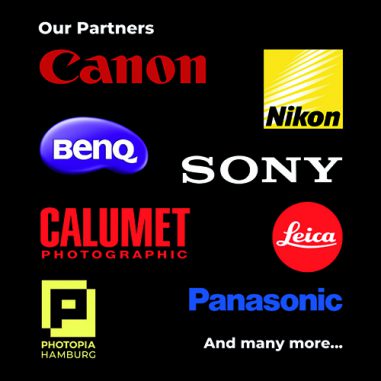They are also open for using newer alternatives such as smartphones, apps or social network sites, but at the same time they don’t shy away from using more traditional devices, software, or sharing methods if these better suit their needs, the survey found. The survey was conducted among 1,065 North American photo-taking consumers, 76 percent of whom own smartphones and 90 percent own digital cameras. For comparison, an additional analysis was conducted among 440 Europeans.
“With the proliferation of camera-equipped and internet-enabled devices, as well as the fast growing array of often free photo sites, apps and software, people have more choices than ever before for taking, enhancing or sharing photos,” says Joe Byrd, president and co-founder, 6Sight. “We wanted to learn how this connected generation of photo takers makes these choices, what drives their decisions, and in what direction their choices are trending.”
The survey found most people use several devices for taking photos. Nearly 60 percent of the survey’s digital camera owners who take at least one photo a month with that device also own a smartphone with which they take at least one photo a month. The respondents use smartphones most frequently to take photos: 91 percent of smartphone owners take at least one photo a month with their smartphones, compared to 80 percent of the digital camera owners who do so with their cameras. But the survey found digital cameras are used more for taking a larger number of photos: Digital camera users take more than two times as many photos than smartphone users do.
The survey respondents enhance or alter on the average 25 percent of their photos prior to saving or sharing them. No matter the popularity of photo enhancement smartphone apps like Instagram or Path, there is no support for the notion people are shifting photo enhancement from the computer to smartphones or tablets. More than 80 percent of the respondents still use their computer most to alter or enhance photos. In fact, the computer is also the device that has seen the biggest increase in use for photo enhancement.
If there is the beginning of a shift from computer to smartphone and tablets, it is for sharing photos. The survey’s respondents overwhelmingly share more photos than six months ago from their smartphones or tablets, no matter whether this is through texting/emailing or through uploading to photo sharing or social network sites. Although they also share more photos than in the past from their computers by uploading their photos to photo sharing or social network sites, they have started to use computers less for sharing photos through email or texting. Those who share more photos do so primarily because software, hardware or web services have made it easier to share photos. Those who share fewer photos give personal rather than technology reasons, such as less time available for taking photos or fewer occasions for sharing them.
When people share photos in-person, they most often do so by sharing photos from their devices’ screens (computer screens, followed by smartphone and camera LCD screens), topping “analog” methods such as photo prints and photo albums, and the traditional “living room screen,” i.e. television.
The 49-page 6Sight Social Imaging Survey Report is available from the PMA store for $799 (www.pmai.org). The report includes an analysis of significant differences within gender (male/female), age (under/above 35), household type (with/without children), between North Americans and Europeans and, where appropriate, between various device users.
The survey and report will be featured at the 6Sight Future of Inaging Conference, Tuesday, June 26th, where report author Hans Hartman will provide an overview.





